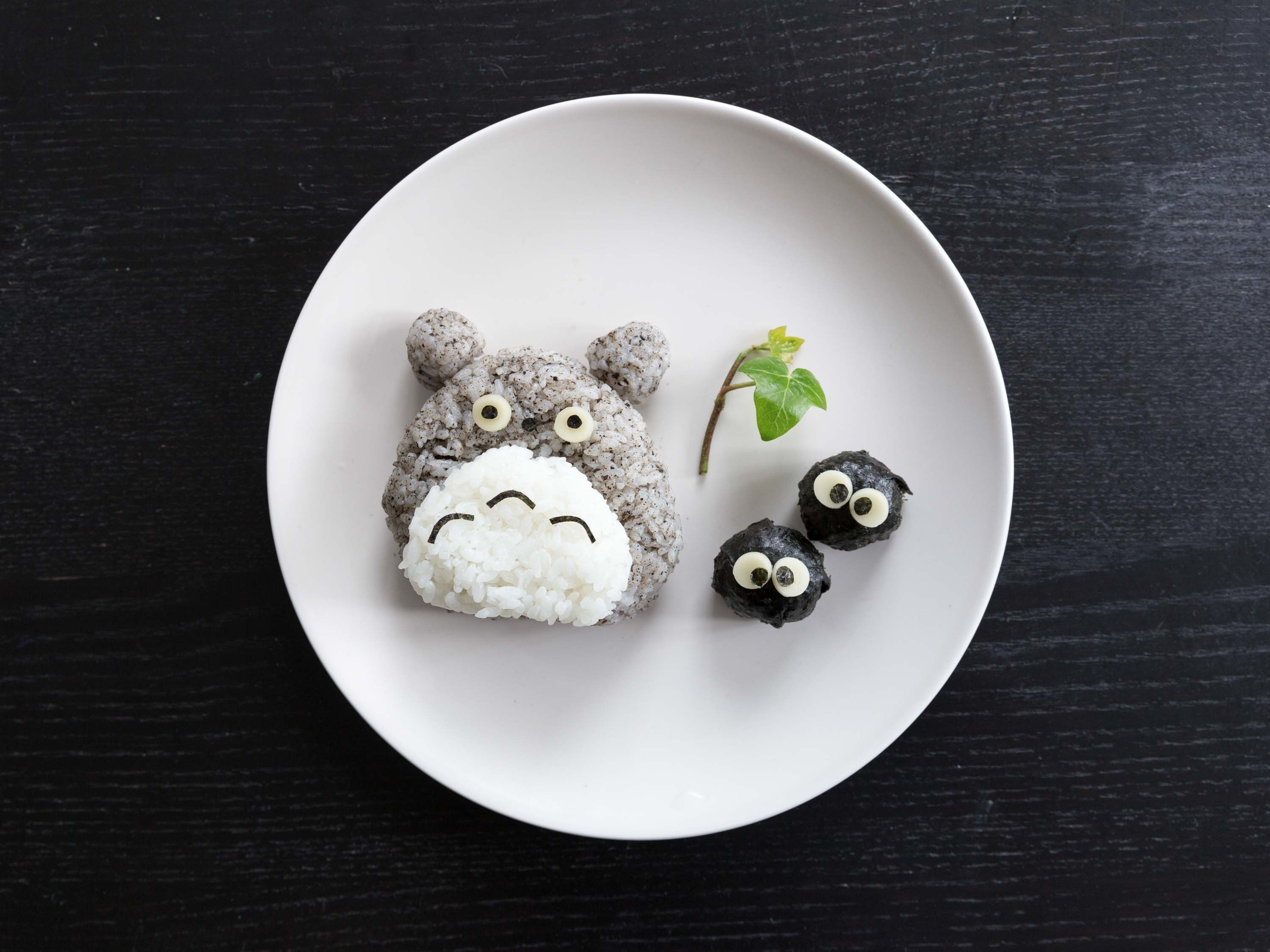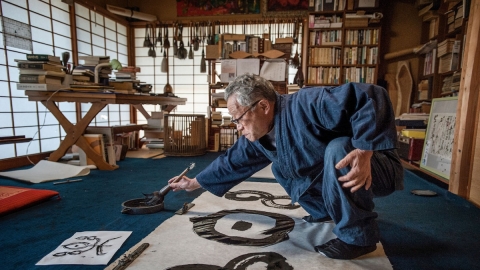Walking around big cities like Tokyo, you can easily find small cafes and restaurants with pastel tones, with interiors decorated with ribbons, bows and cute cartoon characters in eye-catching colors. Even the ancient Japanese bento lunch box culture has had to branch out into a modern branch called Kyaraben - Character bento, which includes lunch boxes shaped like cute cartoon characters. Throughout eateries, restaurants, bakeries, and cafes for young people, you can easily find Totoro-shaped choux cream cakes, Pikachu-shaped omurice rice dishes, or Pusheen, Moomin, and Hello Kitty-shaped puddings...
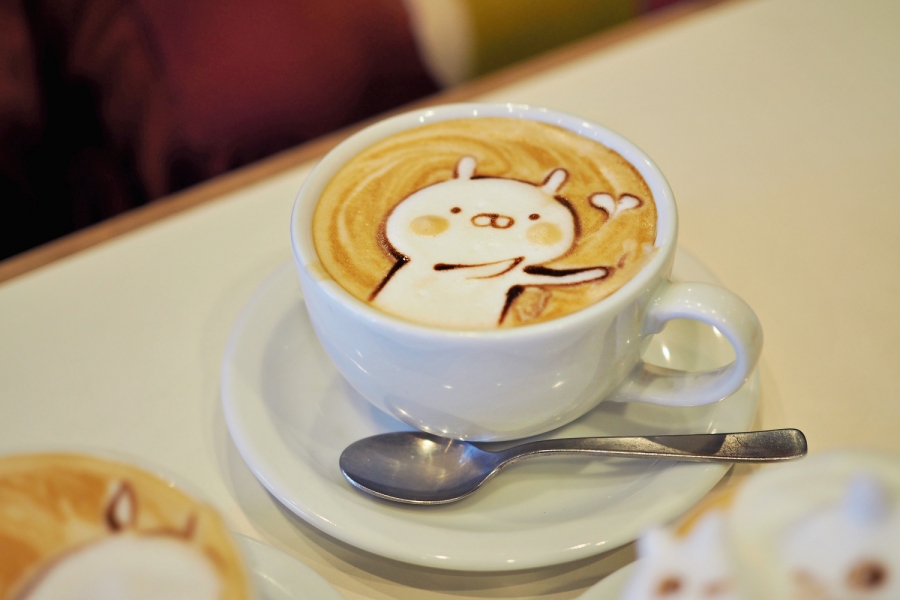
The cuteness of coffee cups
It can be seen that "kawaii" cuisine is a widely loved trend, regardless of age, from adults to children. This trend is probably the result of modernization combined with the ancient tradition of "eating with the eyes" of the people of the cherry blossom country.
Kawaii is not "cute"
Nowadays,kawaiihas become a catchphrase among Japanese teenagers.Kameans ability,waiimeans love - combined together to form lovely, adorable, lovable. In traditional language, kawaii is often associated with images of adorable animals or children - symbols of the purest and most natural beauty in the Japanese mind.
Because this phrase carries within it a long history and traditional Japanese concept, although it is still understood as lovely, lovable and used as a compliment or exclamation, the word kawaii cannot have the same meaning as words expressing cuteness in other languages. For example, people have always translated kawaii as "cute" or "lovely" in English, this translation, although not wrong, does not fully convey the nuances and meanings of the word kawaii.
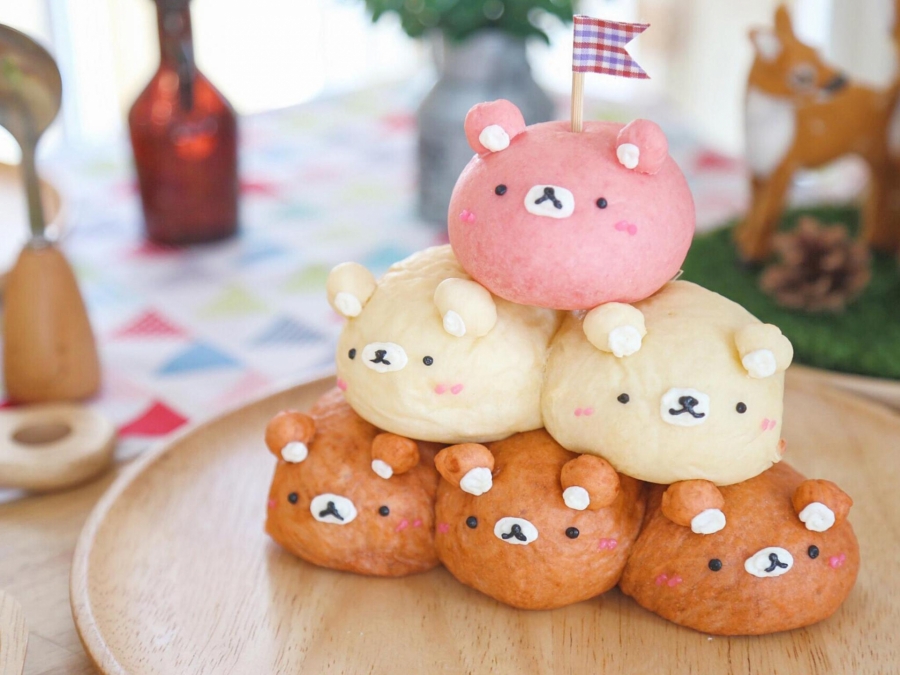
"Kawaii" is often associated with images of adorable animals or children - symbols of the purest and most natural beauty.
Kawaii is gradually becoming popular worldwide and becoming a cultural phenomenon and aesthetic trend typical of the Japanese. The explosion of kawaii culture is reflected in the habit of using daily language, when encountering any object, whether cute, beautiful or impressive, the Japanese exclaim: Kawaii! In addition, household items such as cosmetics, technology products, fashion... are all dressed in bright, cheerful colors such as pink, orange, yellow with small but valuable details such as lace, lace...
Products “based” on cute cartoon characters are consumed at a dizzying rate, artists with colorful doll images like coming out of Manga are warmly loved by the public... reflecting the popularity of “kawaii” in modern Japanese life. Along with that, the existence of cute elements in Japanese cuisine is proof of the fact that kawaii culture has covered every aspect of this country's society.
When did Japanese cuisine become "kawaii"?
The Japanese place the utmost importance on the aesthetics of food presentation. In fact, the pleasure of looking at a beautiful dish is sometimes as important as enjoying its true taste. Looking through a series of arrangement requirements in the Moritsuke school (the art of Japanese table setting), we can see that the people of this country pay attention to the shape of the dish, the color, the material of the bowls and plates, and the ratio of empty space on the plate. This is probably the premise for their later art of presenting food in a lovely style.
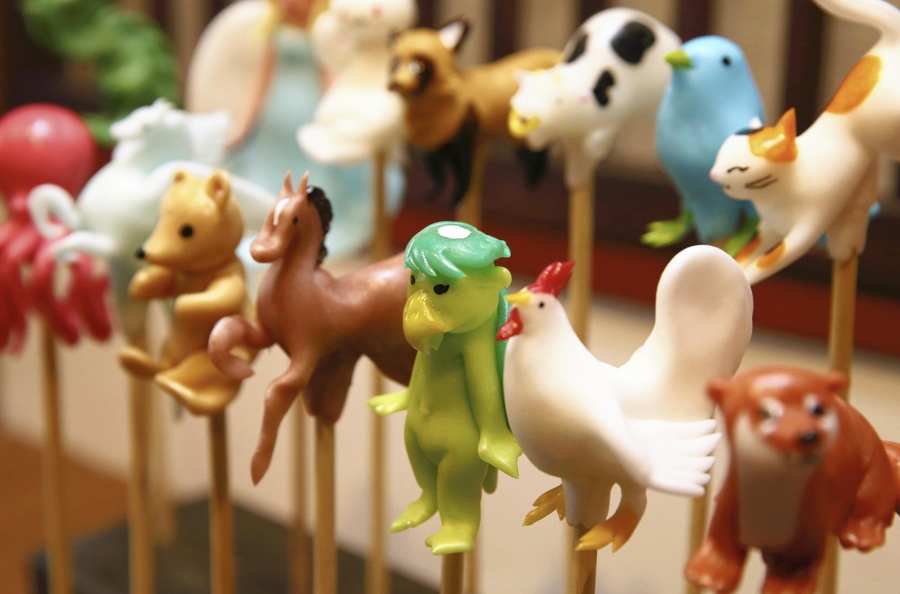
Amezaiku, a traditional Japanese sugar candy
The concept of “kawaii” and its connection to food has been mentioned in Japanese literature for a long time: about 1,000 years ago, author Sei Shonagon wrote about the cuteness of food in his famous essay, The Pillow Book, mentioning the cute face of a child drawn on a watermelon. By the mid-Edo period (1603-1867), cuteness had begun to appear widely in food. Take Amezaiku, a sugar candy, for example, which is just a street food, but the process of pulling and shaping the colorful candies into cute, beautiful shapes is what attracts crowds of onlookers.
After World War II, kawaii culture became stronger and had a clearer definition, along with the appearance and development of Manga, Anime comics and cartoon characters such as Hello Kitty, Doraemon, Pikachu... Kawaii culture covered all over Japan, from mascots designed for each subway station to bento lunch boxes.
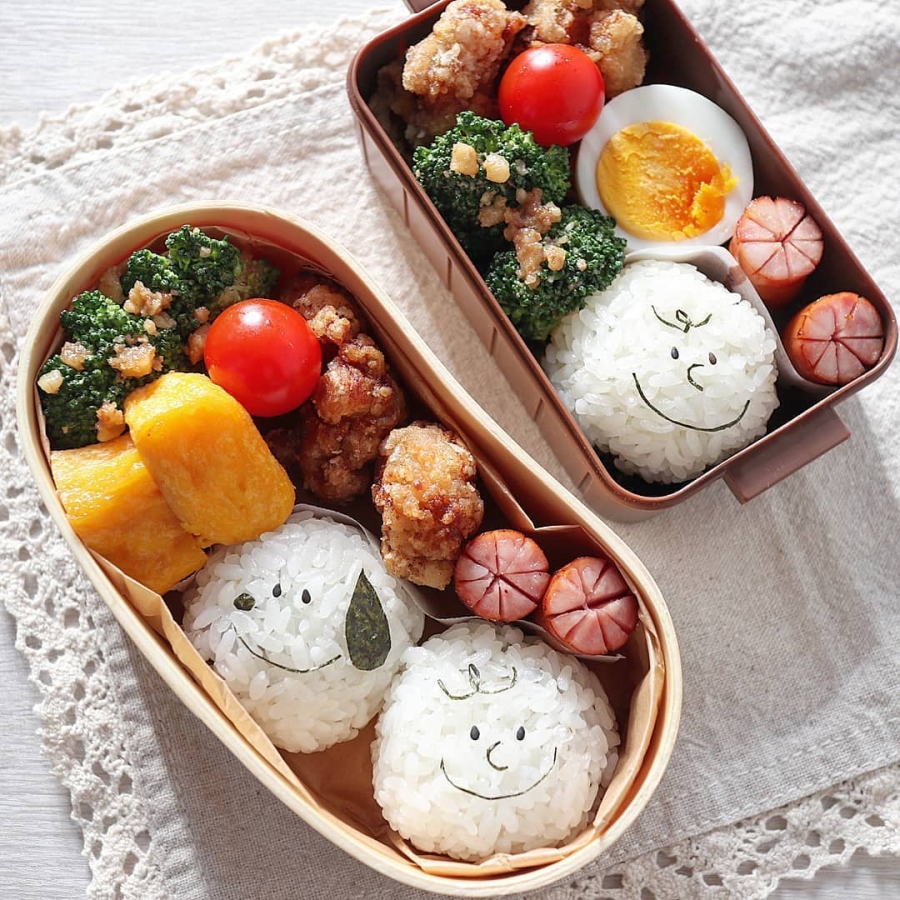
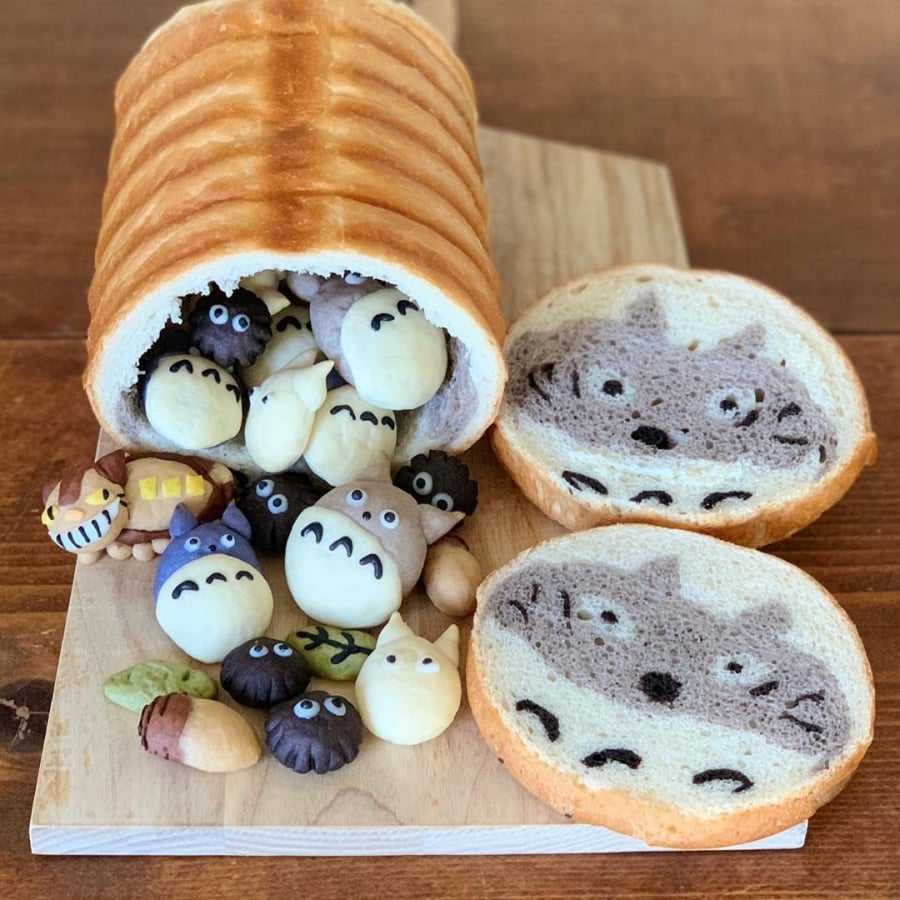

Bento boxes are so cute, how can I miss eating them?
Even wagashi sweets - the quintessence of traditional Japanese cuisine, also carry the characteristics of kawaii culture, mainly taking the shape of funny plants with soft shapes, pastel colors that are both bright and fragile, lovely.
In addition, kawaii culture also shows its far-reaching influence when a series of culinary services following this trend appear more and more. Shops with cute backgrounds associated with a certain unified theme such as Hello Kitty cafe; fastfood stores with hundreds of famous fictional characters of Sanri, or cafes served by maids wearing Lolita costumes with cheerful, clear voices...

At Hello Kitty themed cafes, you can see this character in every corner.
More than a trend, it is a concept that promotes spiritual values.
Kawaii, although a latecomer to modern pop culture, has depth and complements the values that are inherent in the people of the cherry blossom country. Japan is a country that loves beauty and can find beauty in almost everything, even a dry sandy garden or a withered tree branch in the cold winter (aesthetics from pity for fragile things that do not last long). They believe that beauty can direct people's minds to better things and this aesthetic is deeply expressed through food culture, from traditional to modern.
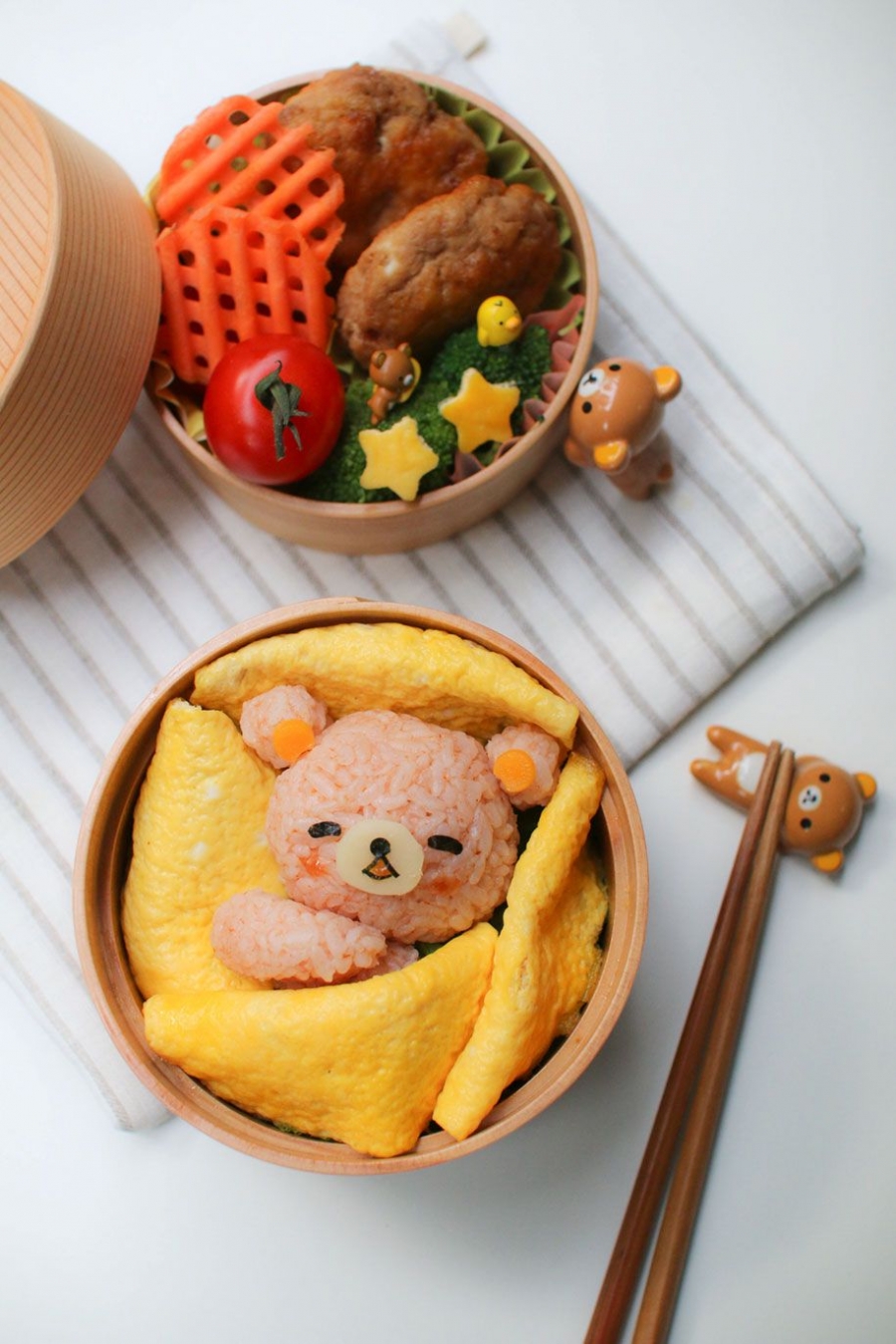
Love in cute lunch boxes
On the other hand, kawaii is also a way to express love, through mothers carefully trimming seaweed, cutting vegetables and sitting down to think, designing a cute lunch box for their children so that they can have a happy meal even with foods they don't like. It is also shown through the way girls meticulously make lovely chocolate candies on Valentine's Day to give to their "crush", boyfriend or even friends and family.
Besides the stream of consciousness always directed towards the elegant and impermanent beauty, Japanese culture in general and cuisine in particular still has a joyful, lovely and brilliant flow of kawaii elements inspired by the joyful and pure life of children. And it cannot be denied that kawaii culture in cuisine also contributes significantly to bringing youthful and innocent emotions behind the pressures of daily life.





